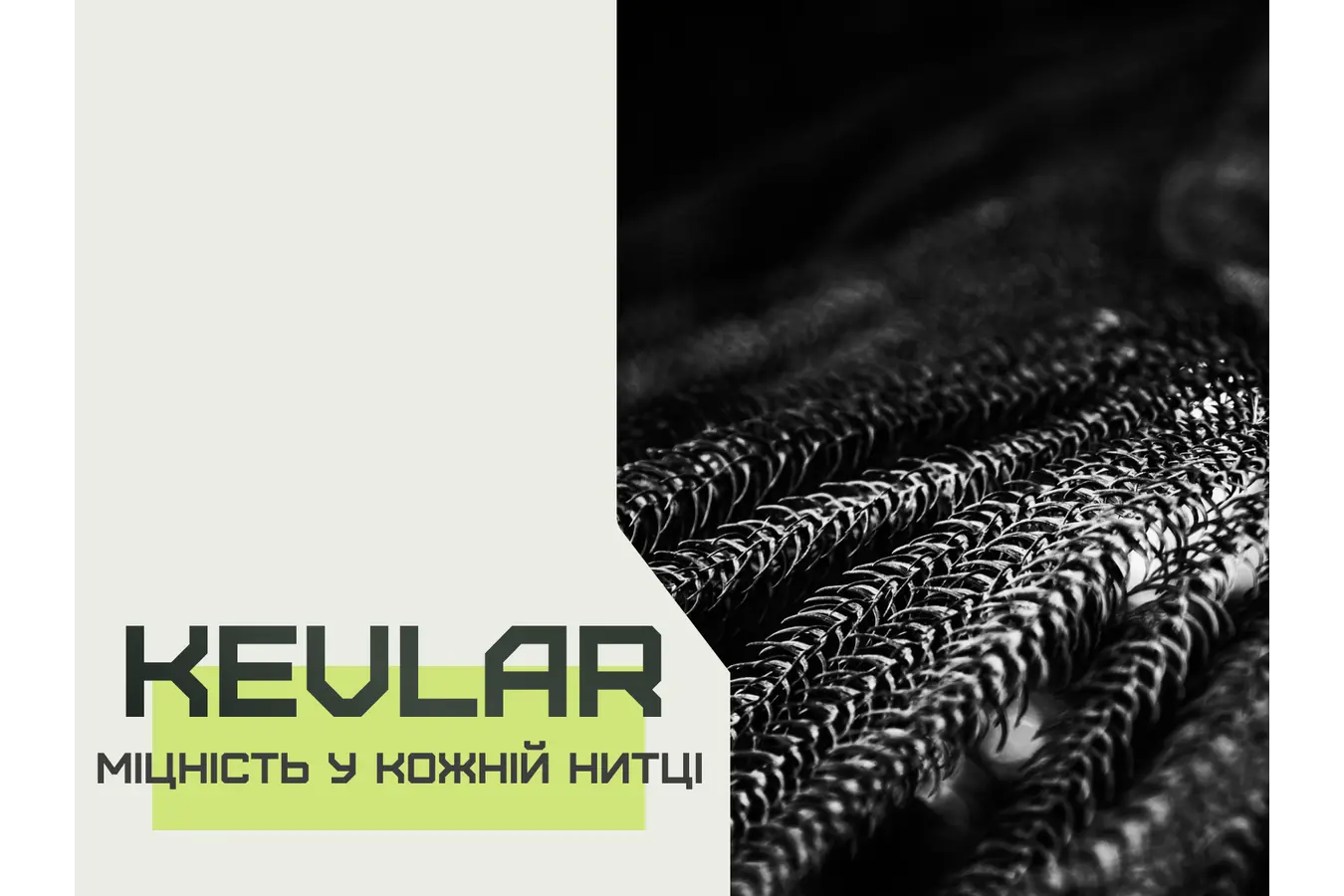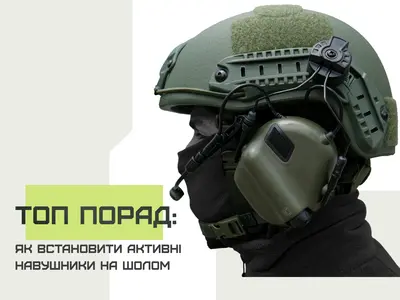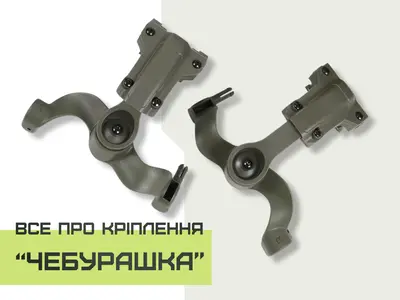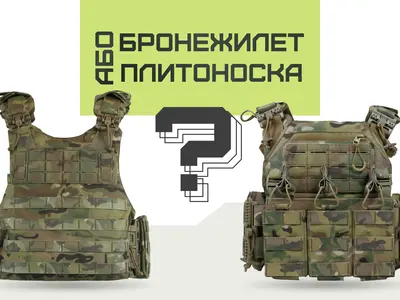Nature has generously endowed us with a variety of materials that help us in everyday life and solve the most complex tasks. However, among all these amazing gifts of nature, there are limitations and drawbacks that are hard to ignore, especially in today’s world filled with new challenges and technologies.
Wood, for example, is one of the most versatile and durable materials provided by nature. It finds applications in construction, furniture manufacturing, paper production, and many other industries. However, wood has its limitations, such as vulnerability to fire and pests, as well as limited resistance to moisture.
This is why the modern world seeks alternatives in synthetic materials such as Kevlar. This material is characterized by high strength, light weight, and resistance to environmental effects. It is widely used in the production of protective gear, body armor, and other critical military equipment, highlighting its significance in modern industry and defense.
Features of Kevlar
Kevlar is not just ordinary plastic. Thanks to its extraordinary strength and unique properties, it is used in many products, including military helmets and body armor. There are many synthetic plastics, but Kevlar stands out for its exceptional strength and reliability.
The secret to Kevlar’s success partly lies in its internal structure, where molecules are naturally aligned in parallel lines, as well as in the formation of fibers that are tightly bound together. These features make Kevlar an extremely strong and durable material.
Kevlar for helmets and body armor is presented in two main types: Kevlar 29 and Kevlar 49, each with unique characteristics and applications. Additionally, there are other types of Kevlar used for specialized purposes.
This material was developed in the 1960s by American chemist Stephanie Kwolek and introduced in 1971. Originally intended as a replacement for steel reinforcements in car tires, Kevlar soon found widespread use in body armor and other protective equipment.
Thanks to its incredible strength and durability, Kevlar has saved countless lives and remains one of the most effective materials for protection in the modern world.
Advantages of Kevlar
Kevlar is a material that impresses with its extraordinary strength and low weight, especially when it comes to protective helmets. Its properties make it an ideal choice for manufacturing protective structures, providing the highest level of safety for the user. Here are some key properties of Kevlar for helmets:
-
Strength and lightness
Kevlar’s tensile strength is eight times greater than that of steel wire, making it an ideal material for helmet construction, which must be lightweight yet extremely strong.
-
Heat resistance
Kevlar does not melt at ordinary temperatures and decomposes only at 450°C. This makes it an ideal material for helmets that effectively protect against high heat and fire.
-
Chemical resistance
Kevlar can withstand exposure to many chemicals, making it an excellent choice for helmets that may encounter various hazardous substances.
-
Resistance to low temperatures and moisture
Kevlar retains its strong properties even at extremely low temperatures down to -196°C and under prolonged exposure to moisture.
-
UV resistance
Although prolonged exposure to ultraviolet light can cause color changes and some fiber degradation, Kevlar remains more resistant to UV damage compared to other materials.
Considering these properties, Kevlar becomes one of the most effective and reliable materials for manufacturing protective helmets, providing an exceptional level of safety for users.



